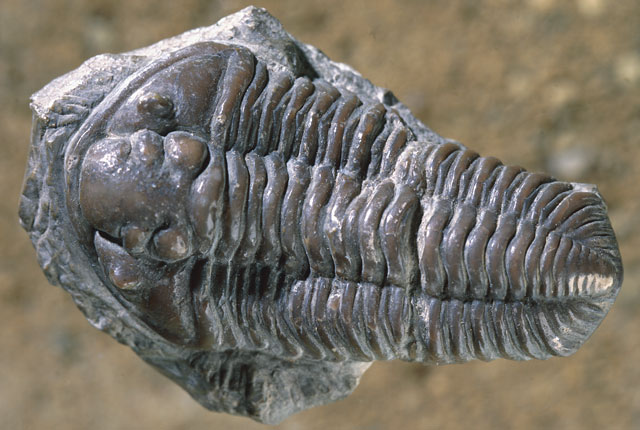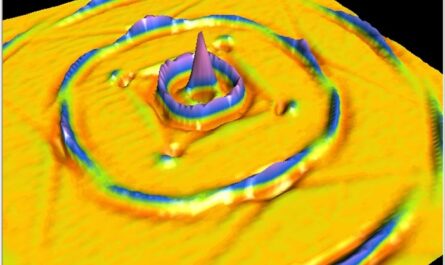A remarkable discovery in a little-studied area of Thailand has unveiled ten previously unknown species of trilobites that could provide crucial information about ancient world geography. Trilobites, now extinct marine creatures with crescent-shaped heads that respired through their legs, have offered scientists valuable insights into the past.
Described in a 100-page monograph in a British journal, the newly discovered trilobite species provide detailed information about their features. Notably, one of the species has been named in honor of Thai Royal Princess Maha Chakri Sirindhorn. These trilobite fossils were found trapped within layers of petrified ash in sandstone rock formations known as tuff, which originated from volcanic eruptions that settled on the sea floor, forming a distinctive green layer.
Unlike other rocks, tuffs contain zircon crystals, which are chemically stable, heat-resistant, and weather-resistant. These crystals contain uranium atoms that gradually decay over time to form lead atoms. By analyzing the age of the zircon crystals, scientists can determine the age of the eruption and the corresponding fossil.
The late Cambrian period—between 497 and 485 million years ago—remains poorly documented due to a scarcity of tuffs from that time. These rocks are rare and valuable in providing insights into Earth’s history. The discovery in Thailand not only enables researchers to determine the age of the fossils found there but also contributes to a better understanding of similar fossils found in other regions like China, Australia, and North America.
The fossils were unearthed on the coast of Ko Tarutao, which lies about 40 minutes southwest of the mainland by high-speed boat. As part of a UNESCO geopark site, this island has attracted international teams of scientists to explore its geological wonders. The discovery of twelve trilobite species that have been previously identified in other parts of the world but not in Thailand is particularly intriguing. This finding allows scientists to establish connections between Thailand and other parts of Australia, shedding light on the region’s position in relation to the ancient supercontinent of Gondwanaland.
Gondwanaland, which consisted of Africa, India, Australia, South America, and Antarctica, was in constant motion over time. Therefore, determining the location of Thailand on the outer margins of this supercontinent has been an important part of the research. By understanding the past positions of these continents, researchers can assemble a comprehensive 3D jigsaw puzzle. The identification and dating of the trilobite species Tsinania sirindhornae, named after Royal Princess Sirindhorn, could potentially provide valuable insights into related species found in China.
The significance of this discovery goes beyond the realm of paleontology. The ancient world captured within these fossils offers invaluable knowledge for the present day. The record of evolutionary change and extinctions serves as an essential guide for the challenges we face in modern times. Understanding the past allows us to better prepare for the future we are creating on our planet. By unraveling the mysteries of these ten newly discovered trilobite species, scientists are gaining a deeper understanding of the ancient world and its profound impact on the world we live in today.
*Note:
1. Source: Coherent Market Insights, Public sources, Desk research
2. We have leveraged AI tools to mine information and compile it




